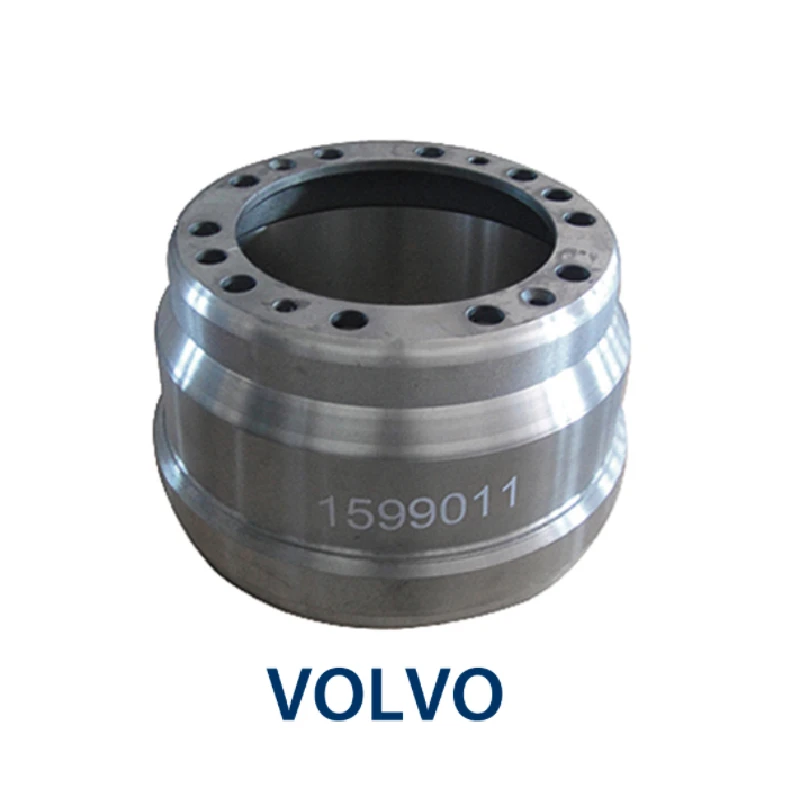Nov . 10, 2024 20:57 Back to list
Steps to Safely Remove a Brake Drum from Your Trailer
How to Remove Brake Drum on a Trailer
Removing a brake drum from a trailer can be a straightforward task if you have the right tools and a basic understanding of the braking system. This guide will walk you through the essential steps to safely and effectively remove the brake drum, ensuring your trailer's brake system is maintained properly.
Tools and Materials Needed
Before starting, make sure you have the following tools and materials
- Jack and jack stands - Lug wrench - Brake drum puller (optional) - Screwdriver - Clean cloths - Brake cleaner - Replacement parts (if necessary)
Safety First
1. Park on a Level Surface Ensure the trailer is on a stable, level surface to prevent it from rolling. 2. Use Wheel Chocks Place wheel chocks behind the tires of the trailer to secure it in place. 3. Wear Safety Gear Wear safety glasses and gloves to protect your eyes and hands from debris and sharp edges.
Step-by-Step Removal Process
1. Loosen the Lug Nuts Using a lug wrench, loosen the lug nuts on the wheel where you will be removing the brake drum. Do not remove them completely yet; just break the initial resistance.
2. Lift the Trailer Once the lug nuts are loosened, use a jack to lift the trailer. Insert jack stands for additional safety. Ensure the trailer is stable before proceeding.
3. Remove the Wheel Fully remove the loosened lug nuts and take off the wheel. Set it aside, ensuring it is stored safely.
how to remove brake drum on trailer

4. Inspect the Brake Drum Before removing the brake drum, inspect it visually. Look for any obvious signs of wear or damage, including cracks or uneven surfaces.
5. Remove the Brake Drum - Check for Retaining Screws Some brake drums have retaining screws. If present, remove these screws with a screwdriver. - Wiggle the Drum If the drum doesn’t come off easily, it might be stuck due to rust or dirt. Gently tap around the edges with a rubber mallet to loosen it. - Use a Brake Drum Puller If the drum remains stubbornly in place, consider using a brake drum puller. Attach the puller to the drum and tighten it gradually to pull the drum off without causing damage.
6. Inspect the Brake Components With the brake drum removed, take this opportunity to inspect the brake shoes, springs, and other internal components. Look for signs of wear, such as uneven wear on the brake shoes or corroded springs.
7. Clean the Drum and Components Use brake cleaner to clean the drum and the surrounding components. This removes dust and grease, allowing for a better inspection and reassembly later.
8. Replace Parts as Necessary If upon inspection you find worn out brake shoes or damaged components, replace them with suitable new parts. Make sure the new parts are compatible with your trailer's brake system.
Reassembly
Once you’ve completed your inspection and made any necessary repairs or replacements, it’s time to reassemble everything
1. Reinstall the Brake Drum Position the brake drum back onto the wheel hub. Ensure that it seats properly. 2. Secure with Retaining Screws If there were any retaining screws removed, replace them now. 3. Reattach the Wheel Place the wheel back onto the hub, and hand-tighten the lug nuts. 4. Lower the Trailer Use the jack to lift the trailer slightly and remove the jack stands. Lower the trailer back to the ground. 5. Tighten Lug Nuts Once the trailer is on the ground, use the lug wrench to securely tighten all lug nuts in a star-pattern to ensure even pressure.
Final Checks
Before taking your trailer out on the road, double-check that everything is secure. Test the brakes to ensure they are functioning properly. If you experience issues, consult a professional for further assistance.
Removing a brake drum on a trailer can be an essential skill for maintaining your vehicle. With patience and careful attention to safety, you can manage this task effectively, keeping your trailer in good working condition for all your journeys.
-
ROR Web Development: Build Fast, Scalable, Secure Apps
NewsAug.17,2025
-
Scania Brake Drums: OEM Quality for Optimal Safety & Durability
NewsAug.16,2025
-
R.V.I: Advanced Remote Visual Inspection for Precision
NewsAug.15,2025
-
Discover HYUNDA: Innovative Vehicles, Equipment & Solutions
NewsAug.14,2025
-
R.V.I: Unlock Advanced Insights & Real-time Performance
NewsAug.13,2025
-
Kamaz Brake Drum: Durable & Reliable for Heavy Duty Trucks
NewsAug.12,2025
